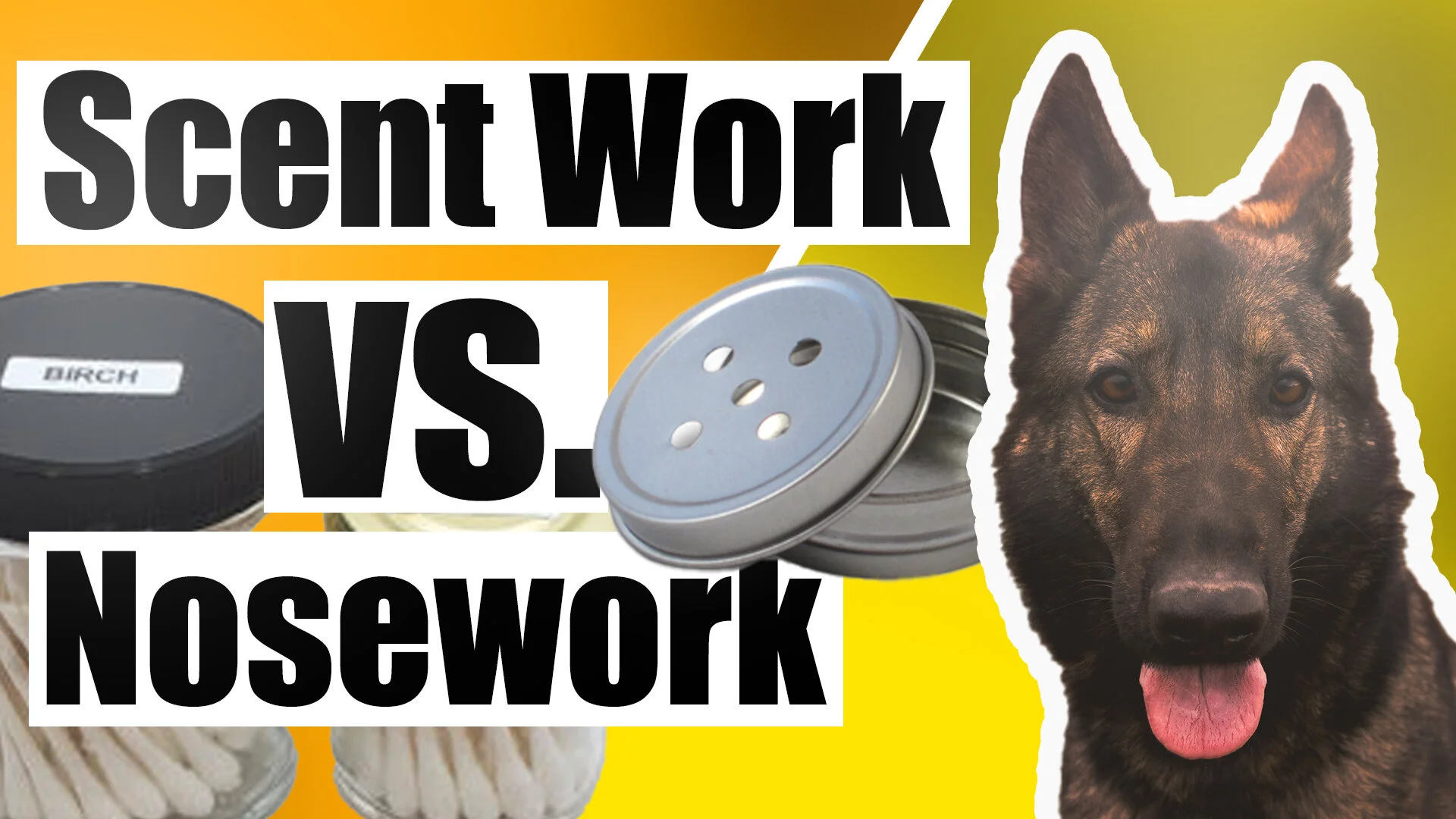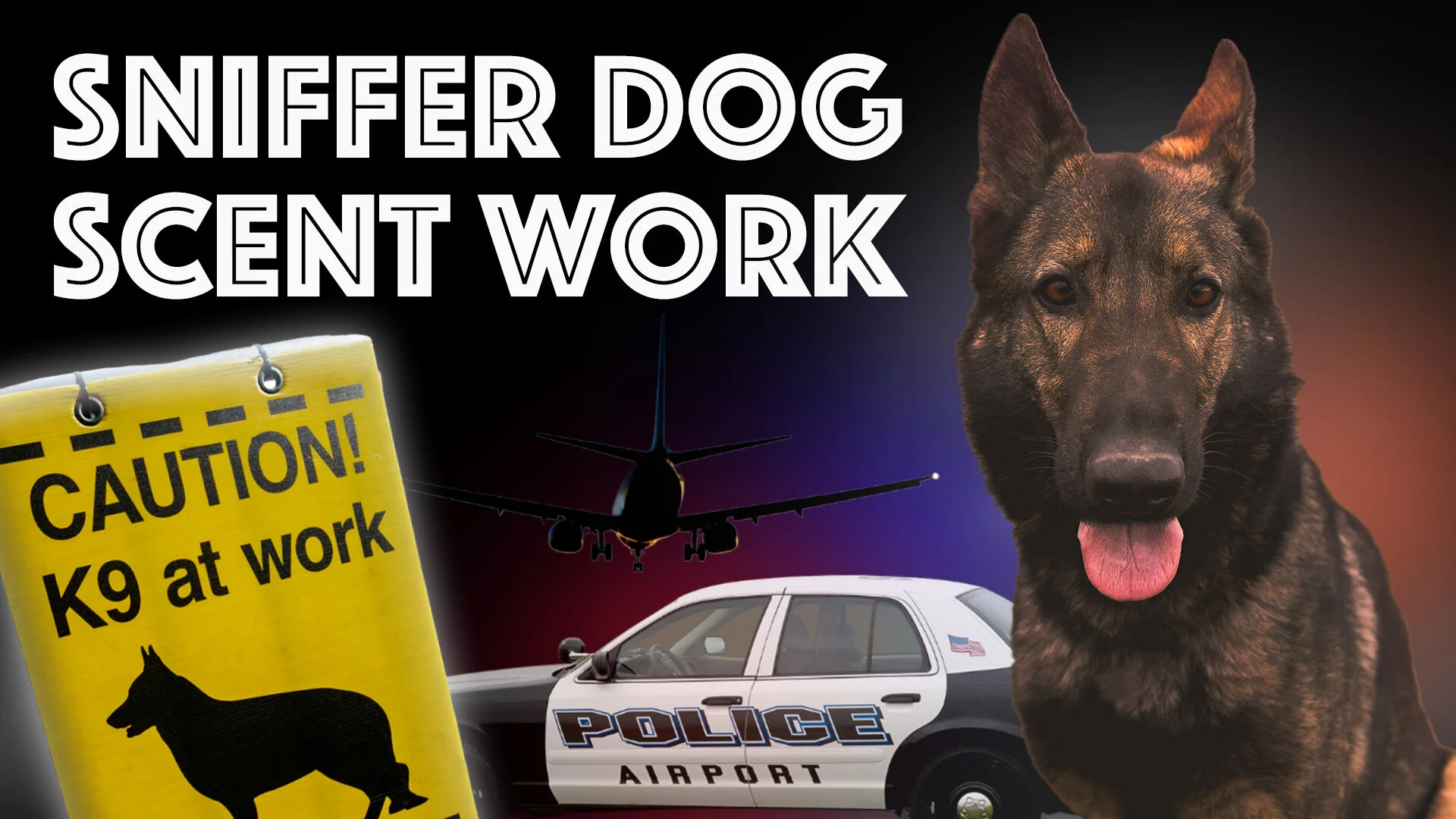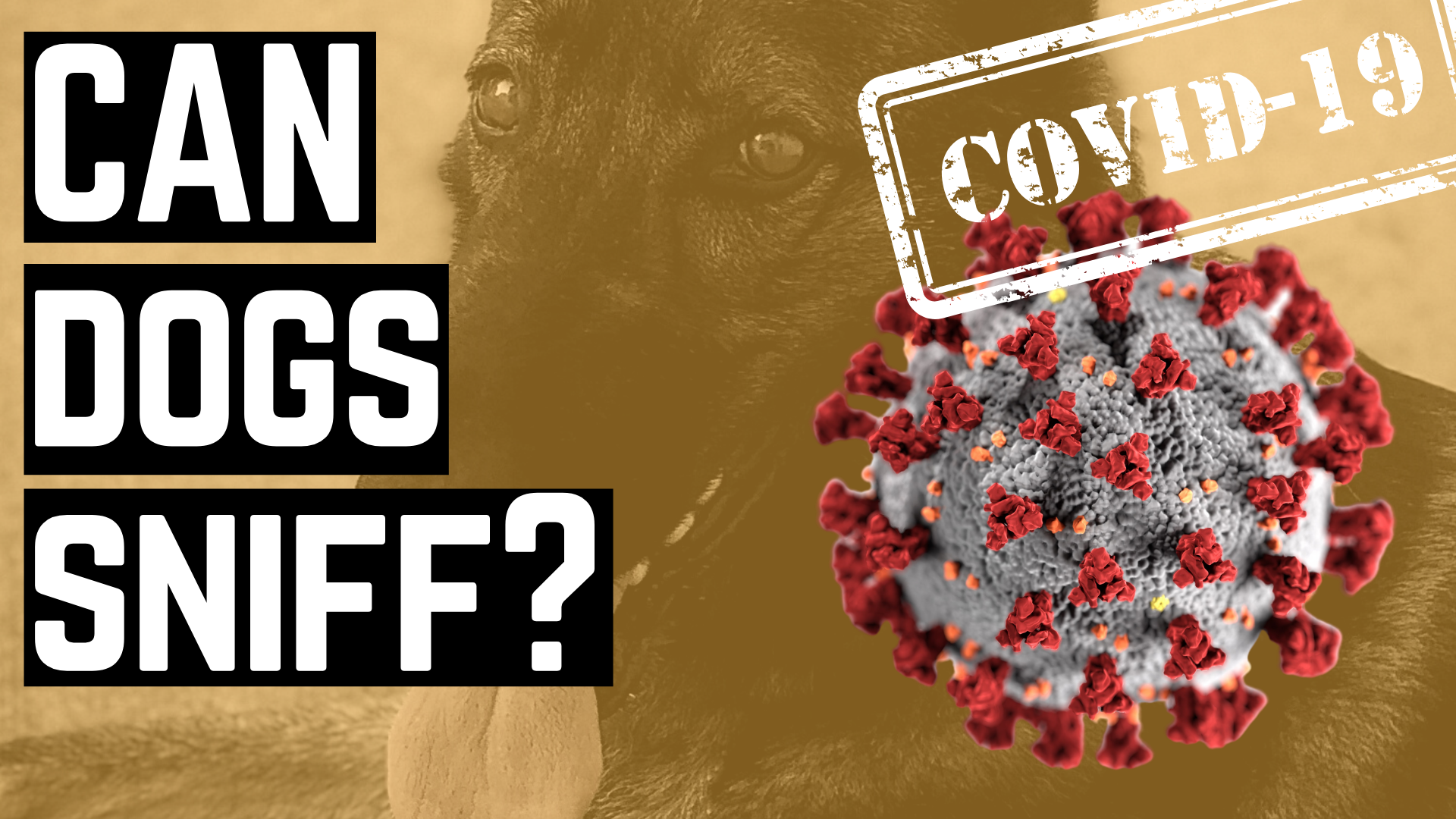How to Simplify Pet Photography for Dog Owners | #DingleDaysPodcast 003
HIT PLAY OR READ THE POST BELOW:
🎧 Listen to the episode on: Apple - Spotify - PocketCast - Breaker - RadioPublic
Geryah interviews Charlotte Reeves of Learnpetphotography.com about how to simplify pet photography for dog owners. Charlotte is an award-winning Australian photographer based in Brisbane. Her style incorporates the creative use of natural light, location, and expression to produce vibrant and emotive work. Addicted to creating lightbulb moments for students, she has been teaching pet photographers since 2013. She relishes simplifying tricky concepts and helping people achieve their goals by making learning fun, practical, and positive. You can find her at learnpetphotography.com.
LET’S SIMPLIFY PET PHOTOGRAPHY:
During the interview with Charlotte Reeves, Geryah Dingle interviews her about her digital photography and editing experience. Charlotte provides her camera recommendations and speaks about the challenge of shooting dogs in motion. It's pretty crazy how dogs in actuality are never really sitting still! There's always some motion; there's always something to account for when shooting.
Charlotte Reeves describes the importance of tracking and autofocus features as one of the most critical aspects of choosing the camera you will use for pet photography. You will need a wide range of autofocus points for your composition to make sure you can track your dog(s) across your frame and support your composition.
Another great benefit would be choosing a camera with great frames per second, like a Canon 5D or a Canon 7D or something similar. It is also an excellent tool for shooting dogs and helping you get a sharp image.
Also, shooting with a variety of lenses gives you many choices on the back end. One of Charlotte's favorite lenses is the 70-200 mm Zoom because it has many benefits in portraits or if the distance is a factor or if you want to include the landscape in your photo or take the coveted action shot.
The 24-70 mm Zoom, as stated by Charlotte, is a Workhorse Zoom. Between the two lenses mentioned, one can capture the moments with their dog. Fixed focal length lenses, such as a 35 mm, 135 mm, or 50 mm, also make for great tools for your kit bag.
We also go over the differences between some camera ecosystems, such as the Canon and Sony.
Charlotte also discusses shooting with manual exposure and how she goes about choosing her settings. For her, shutter speed is probably the essential factor to get a sharp image, and when shooting for pet photography, she very rarely goes below 1/500 of a second in capturing dog motion.
For instance, she discusses capturing a shot with a dog running right toward you as one of the most fantastic images that one can get, but it requires a fast shutter speed, something as fast as possible, really given the light conditions.
Shooting wide open or with a large aperture, which is the smallest number as we discussed in the interview, allows you to let the most light in and enables users to use a much faster shutter speed, which benefits you in capturing dogs in motion.
We also talked about the importance of ISO as a utility setting. We discuss setting your shutter speed and your aperture first to your liking and adjusting your ISO accordingly.
Other exposure modes such as shutter speed priority, also known as TV or aperture priority, are also great options for those just starting out or perhaps folks in a run-and-gun situation.
One of the best auto exposure modes you can choose is manual with auto ISO. You select the aperture and the shutter speed, and then you allow your camera to choose the ISO.
Another small hack that one can use when getting started in photography is bracketing with your camera to focus on your camera's ISO range. This feature, however, is likely only available on slightly higher-end cameras that cater to professional photographers.
We also discuss some of the 70 to 200 mm characteristics and its advantages in keeping a dog's distance. This standoff can be particularly beneficial if you're working with a shy dog who is not yours and is not necessarily comfortable with you being around.
During the interview, we also discussed working with the light. Charlotte's experience shooting with 100% natural light is very beneficial for most dog owners starting.
We talked a little bit about the importance of not necessarily showing up to a photoshoot with a full kit or bag complete of equipment because a lot of times when we're shooting photos of our dogs were by ourselves.
Charlotte also shares some of the most challenging parts of being a pet photographer, her favorite pet photography resources, her thoughts on the current trend with Instagram dogs, and what that means for the community itself.
We also touch a little bit on the great question of whether your equipment matters when it comes to taking photos and some advice that she would give to her younger former self when just starting in pet photography.
CLICK HERE TO DOWNLOAD MY FREE K9 SCENT WORK SCORESHEET!
HERE ARE THE KEY TAKEAWAYS OF THIS EPISODE:
[00:50] About Charlotte Reeves
[04:23] Getting into digital photography & editing
[06:46] Charlotte’s camera recommendations
-The difficulty of shooting dogs in motion
-The autofocus tracking is one of the most critical aspects of the camera you choose
-You need a wide range of auto focus points for your compositions & tracking across the frames
-You need lots of frames per second (ex. Canon 5D, Canon 7D, etc)
[10:45] Eye autofocus as a tool for shooting dogs in action
[11:40] Creating variety with lens choices
-70-200mm zoom benefits (portraits, distance, including landscapes, capturing action)
-24-70mm as a workhorse zoom
-Fixed focal length lenses (35mm, 135mm, 50mm)
[14:30] Canon vs. Sony ecosystem as a starter camera
[15:20] Shooting with a manual exposure & choosing settings
-Shutter speed is probably the most important factor to get a sharp image (>1/500th of a second recommended)
-Capturing a shot of a dog running straight toward you requires as fast a shutter speed as possible given the light available
-Shooting “wide-open” allows you to let the most light in and enables you to use a much faster shutter speed
[17:45] ISO as the “utility setting”
-Tune the shutter speed and the aperture to your liking & then adjust the ISO accordingly
[18:00] Other Camera Exposure Modes (Shutter Speed Priority (TV), Aperture Priority)
-One of the best auto exposure mode you can use is manual with Auto ISO
-You choose the aperture and the shutter speed, then the camera can choose the ISO
-Bracketing your exposure ranges (ISO, Shutter Speed, Aperture)
[20:30] The 70-200mm characteristics & distance advantage
-Working with someone else’s dog in a photo shoot
-70-200mm can be a little difficult to use if the dog you’re working with does not have a good stay
-The importance of distance commands & “stay” to get awesome photos of your dog
-The importance of the “Stand Stay” in getting a very natural and great pose
[24:40] Working with the Light
-Charlotte’s experience shooting with 100% natural light
-Shoot to edit
-Pay attention to your light source, direction of light, how bright the light is, and the quality of the light
-Observing the color temperature
[26:00] Main “rules” when shooting portraits of your dog
-Always try to face your dog towards the light source (this will help with getting catch lights in your dog’s eyes)
[27:00] Using Lightroom & Photoshop
-cataloging
-culling
-Finishing touches (removing leashes, cleaning up slobbery tongues, removing distractions)
-Content Aware in Photoshop and the use of Artificial Intelligence (AI) within the software
[30:30] About learnpetphotography.com
-Starting with writing e-books
-Teaching in “barker” workshops
-Mentoring around the world
-Hosting online courses
[34:45] The “Lightning Round”
-The toughest part about being a pet photographer
-Favorite pet photography resources
-Thoughts on the future of the current Instagram Dogs trend
-Does your equipment matter for taking photos
-What advice would you give your younger former self just starting out in pet photography
CLICK HERE TO LISTEN TO THIS EPISODE
Subscribe & Review in iTunes!
Are you subscribed to my podcast? If not, what are you waiting for!? By subscribing to the podcast, you’ll make sure you never miss an episode (especially sneaky bonus ones!)
If you enjoy the content, I would be really grateful if you left me a review over on iTunes, too. Reviews help other people find my podcast and it also acts as a great way to support our mission!
Just click here to review, select “Ratings and Reviews” and “Write a Review” and let me know what your favorite part of the podcast is.
Not on iTunes? Here are other places to enjoy the podcast: Spotify - PocketCast - Breaker - RadioPublic
Continue to Get After It!
– Dingle Days
Hi, I’m Geryah! I am a dog lover and enthusiast whose life is enriched every day by the company of my furry friend. I started training dogs in 2017, when I decided to make my passion a reality. I film, edit, and post training and pet photography videos with my GSD, Disney on my YouTube Channel: Dingle Days. My mission is to train dogs and teach people to enable pets to best share in our lives.












Geryah interviews Dianna Santos of cyberscentwork.com on how to get started with cyber scent work with any dog.